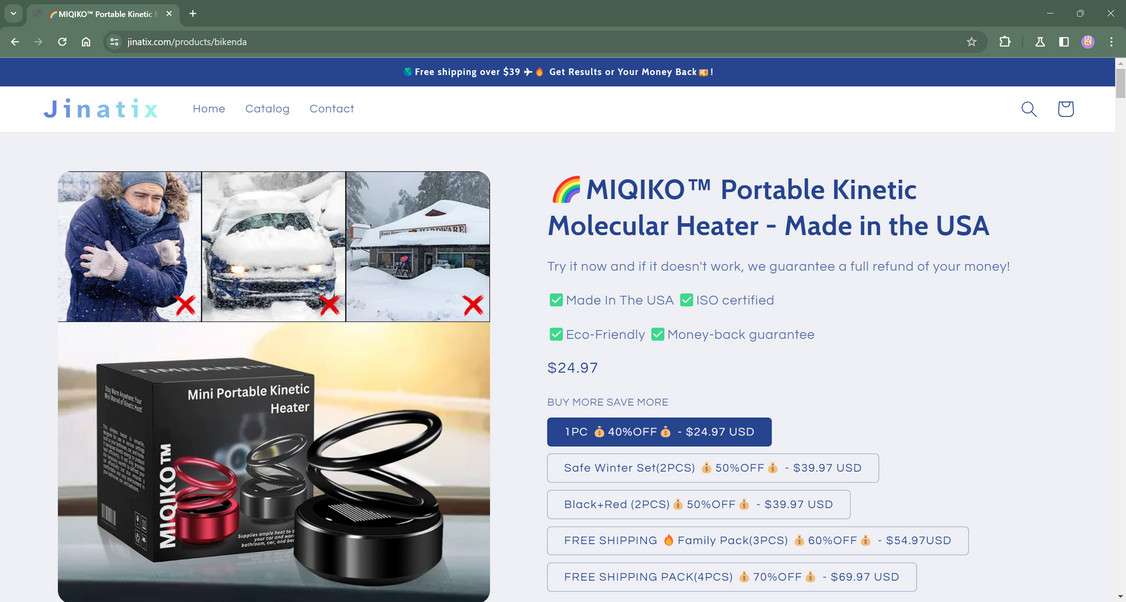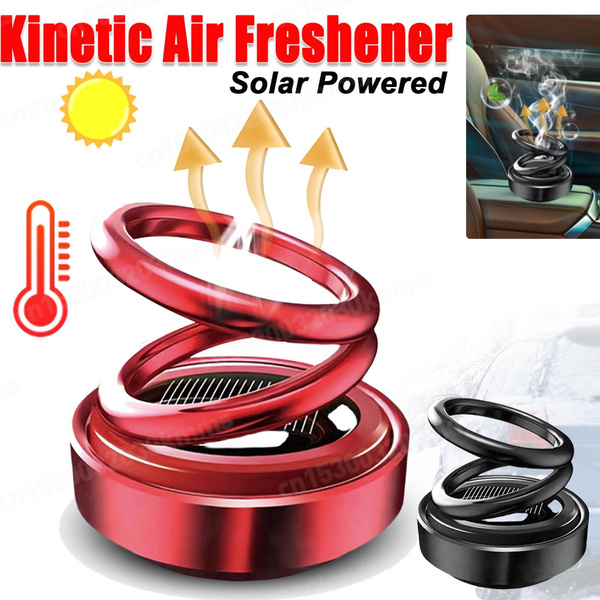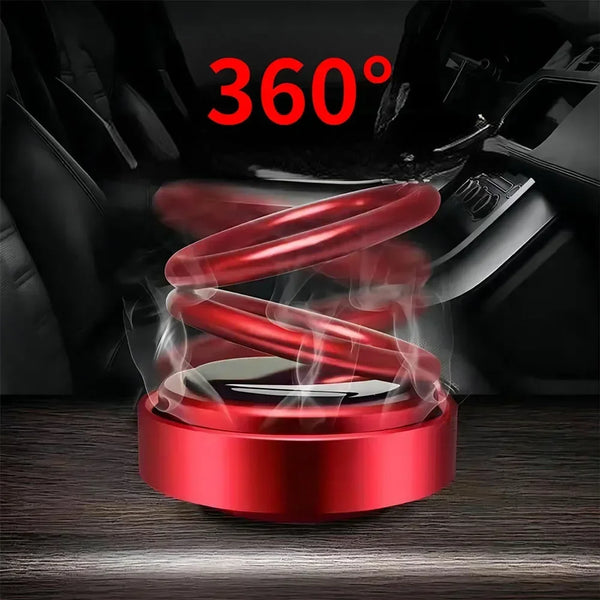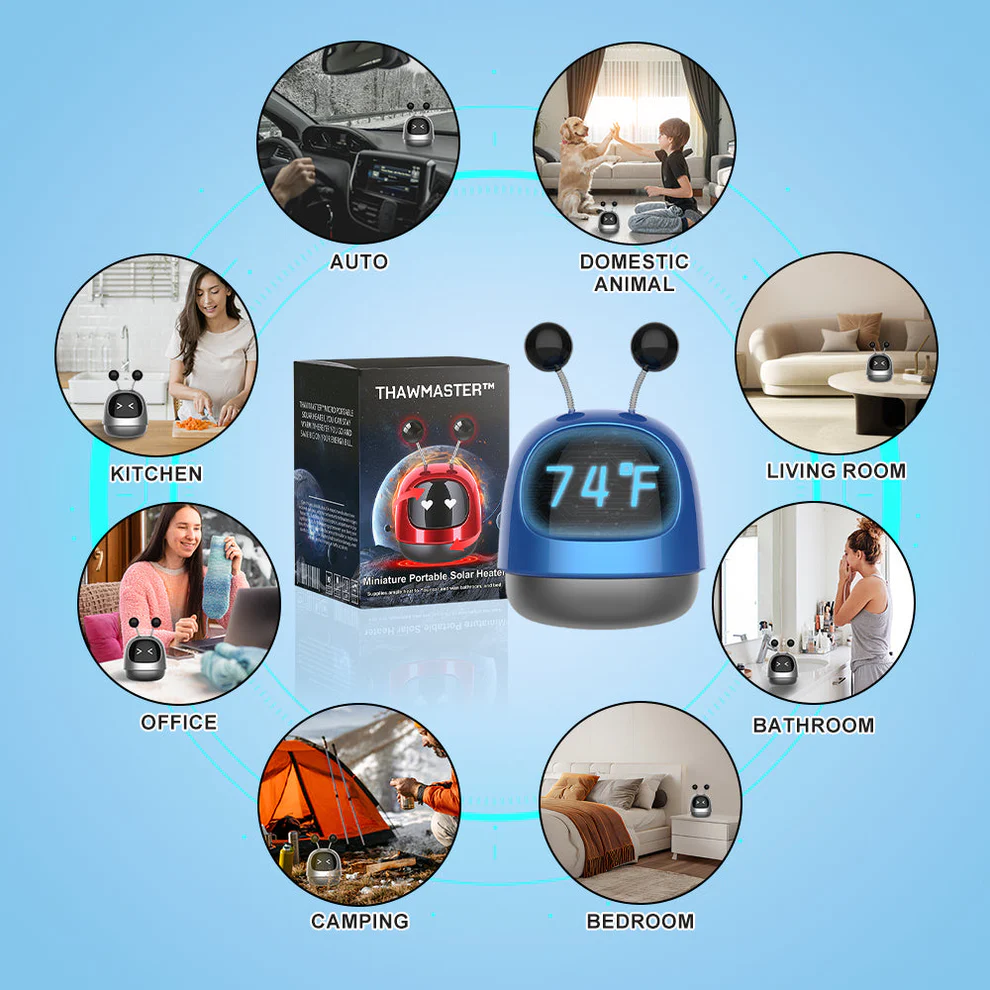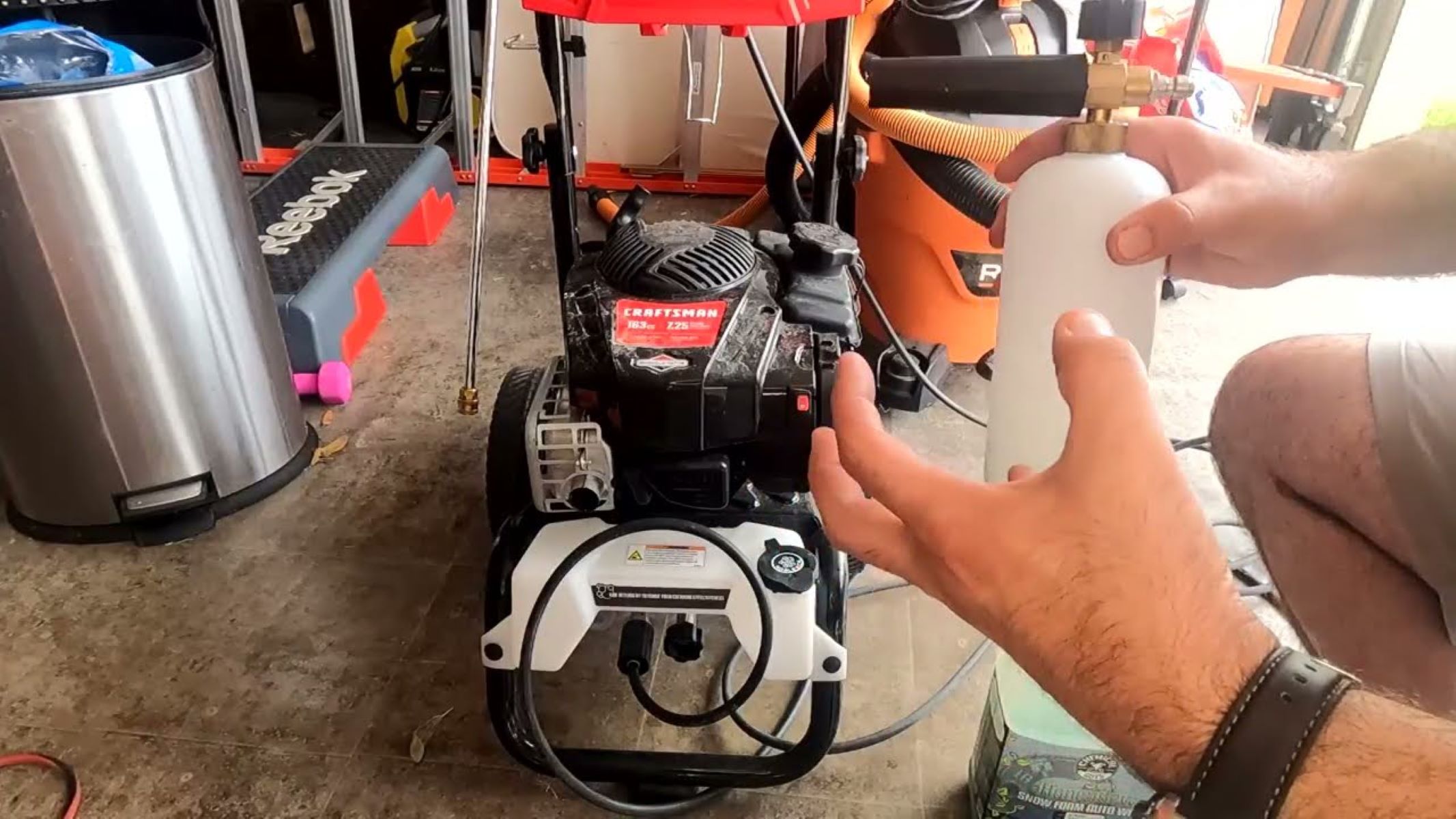
Chemical heater-based, instrumentation-free molecular detection of
Download scientific diagram | Chemical heater-based, instrumentation-free molecular detection of SARS-Cov-2 in saliva. (A) Test workflow: (1) collect saliva sample in a tube; (2) mix saliva with lysis buffer; (3) aliquot the sample to individual tubes, each dry-storing an RT-LAMP reaction mix specific to the selected target; (4) insert tube(s) in the chemical heater and add water to the EPCM to initiate an exothermic reaction and heat the tubes to 60-65 °C for ∼30 minutes. (B) Color change of the tube indicates whether the test is positive (yellow, three tubes) or negative (red, one tube). Here, the negative test is a negative control to verify that the color change does not occur because of the chemical composition of the sample. from publication: Electricity-free chemical heater for isothermal nucleic acid amplification with applications in COVID-19 home testing | Molecular detection of pathogenic nucleic acids from patient samples requires incubating biochemical reactions at specific temperatures to amplify DNA. This incubation is typically carried out with an electrical heater and a temperature controller. To reduce test cost, to | COVID-19, Nucleic Acids and Nucleic Acid Amplification Techniques | ResearchGate, the professional network for scientists.

An antibody-based molecular switch for continuous small-molecule biosensing

PDF) Electricity-free chemical heater for isothermal nucleic acid amplification with applications in COVID-19 home testing

Chemical heater-based, instrumentation-free molecular detection of

Ruijie LI, Associate Researcher, PhD, Chinese Academy of Sciences, Beijing, CAS, Technical Institute of Physics and Chemistry

Mean difference in the viral load (log10) of HBV DNA, HCV RNA and HIV-1
Neogen® Molecular Detection System

Ruijie LI, Associate Researcher, PhD, Chinese Academy of Sciences, Beijing, CAS, Technical Institute of Physics and Chemistry

Mean difference in the viral load (log10) of HBV DNA, HCV RNA and HIV-1

Instrument-Free Point-of-Care Molecular Detection of Zika Virus
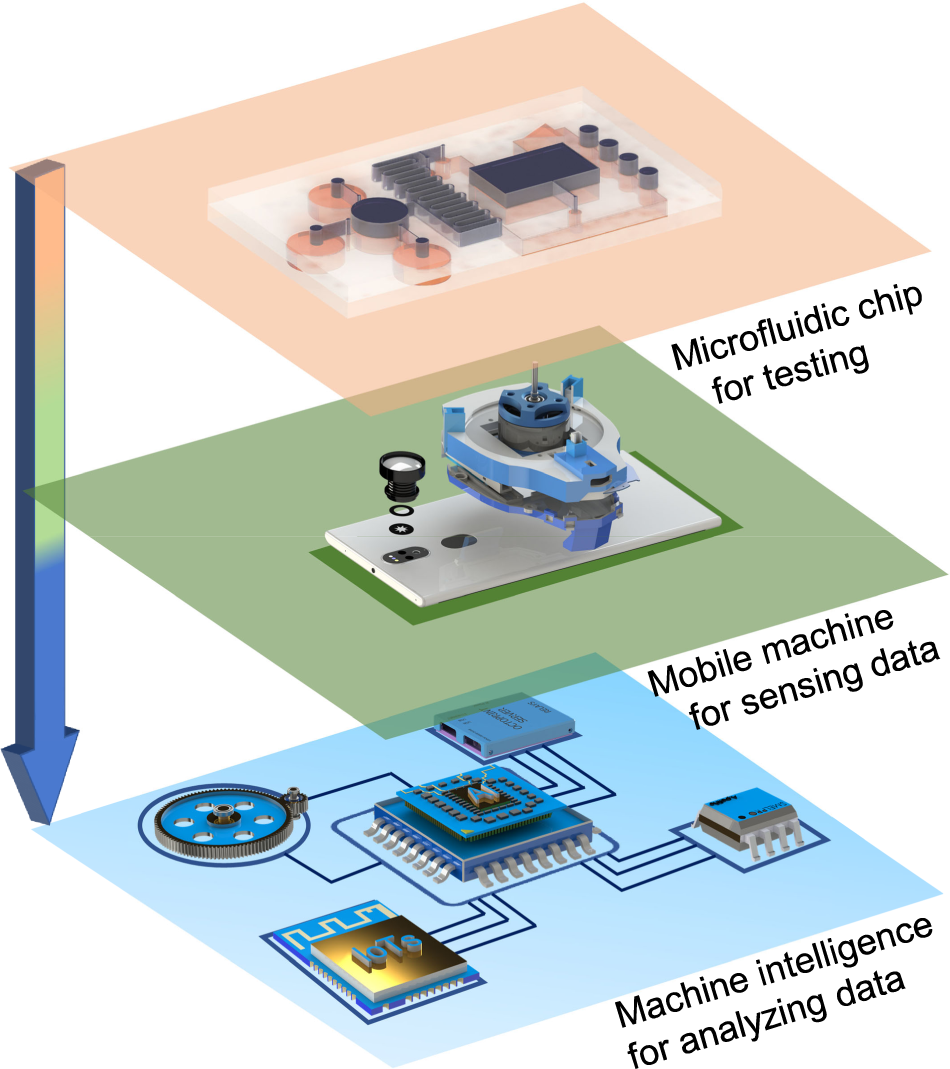
Smartphone-based platforms implementing microfluidic detection with image- based artificial intelligence

Youngung SEOK, Professor (Assistant), Doctor of Philosophy, Chonnam National University, Gwangju, School of Biological Sciences and Technology

Pooled sensitivity and specificity of CBNAAT in different EPTB-results
